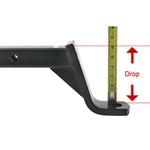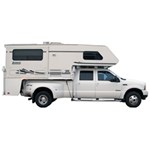Basics of Tie-Down Chains and Binders
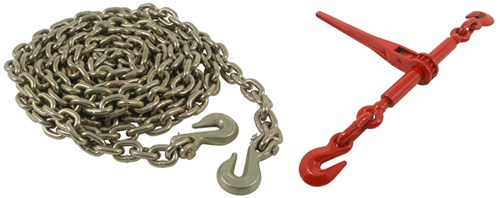
Resist wear and breakage - durable, heavy duty, and strong
Weigh more than straps Could damage finished surfaces Can rust
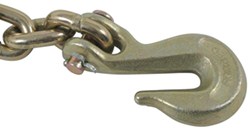

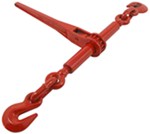
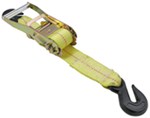

Departments
Towing
- Trailer Hitch
- Fifth Wheel
- Gooseneck
- Towing a Vehicle
- Front Hitch
- RV Hitch
- ATV Hitch
- HD Truck Hitch
- Vehicle Wiring
- Brake Controller
- Ball Mounts
- Weight Distribution
Sports and Recreation
Trailer Parts
- Utility Trailer
- Boat Trailer
- Landscape Trailer
- Enclosed Trailer
- 5th/Camper Trailer
- Car Hauler
- Horse Trailer
Vehicle
Contact & Help

What our customers are saying:
"Your internet site is very well organized and easy to use...My order was shipped very promptly and included everything I ordered...All in all this was a simple procedure for what can be a complicated order. I would use your company again or recommend you to others. Your selection was broad and your prices fair."
Robert
Bloomington, IL















